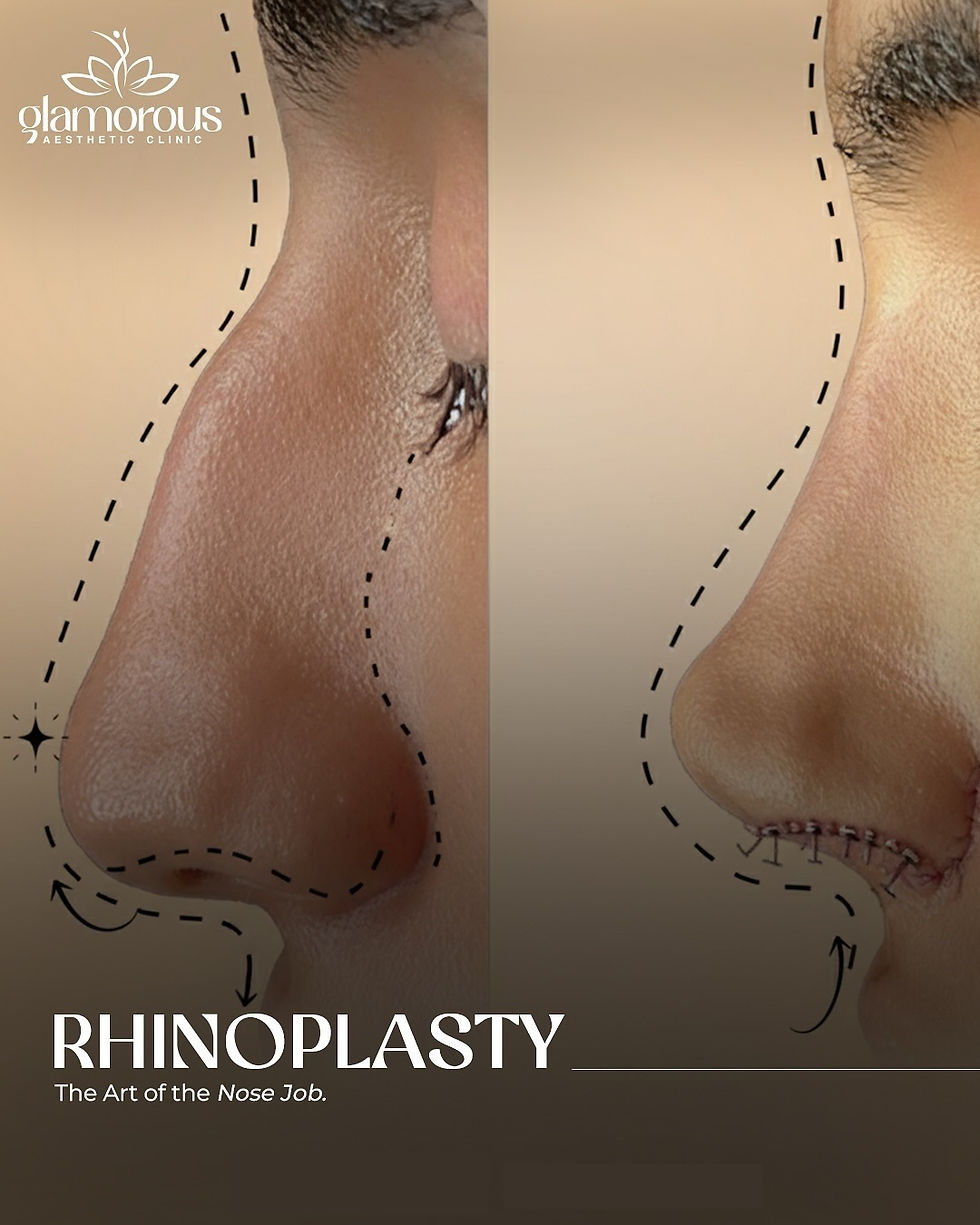Hair Transplant in Islamabad: Expert Tips for Natural Results
- dilawar khan
- Sep 13, 2023
- 2 min read
Introduction:
Hair loss can be a challenging experience, affecting one's self-esteem and confidence. In Islamabad, a city known for its diverse culture and vibrant lifestyle, the desire for natural-looking hair restoration has been on the rise. If you're considering a hair transplant in Islamabad, it's essential to understand the process, expectations, and expert tips for achieving the most natural results. In this article, we'll guide you through the key aspects of hair transplants in Islamabad.
Understanding Hair Transplants:
What is a Hair Transplant?
A hair transplant is a surgical procedure that involves transferring hair follicles from one part of your body (usually the back of your head) to the bald or thinning areas. This procedure is primarily used to treat male pattern baldness but can also benefit women experiencing hair loss.
The Importance of Choosing a Skilled Surgeon:
Selecting the right surgeon is paramount to achieving natural results. Look for a board-certified and experienced hair transplant specialist in Islamabad who can tailor the procedure to your specific needs.
Preparing for a Hair Transplant:
Consultation and Assessment
Before the transplant, you'll have a consultation with your surgeon. They will assess your hair loss pattern, hair quality, and scalp condition to determine the most suitable approach for you.
Setting Realistic Expectations
It's crucial to have realistic expectations. While a hair transplant can significantly improve your appearance, it may not restore a full head of hair. Your surgeon will discuss achievable outcomes during the consultation.
Lifestyle Changes
Leading up to the procedure, it's advisable to maintain a healthy lifestyle. Eating a balanced diet, avoiding smoking and excessive alcohol consumption, and managing stress can contribute to better results.
The Hair Transplant Procedure:
Local Anesthesia
Hair transplant surgery is performed under local anesthesia, ensuring you're comfortable throughout the procedure.
Follicular Unit Extraction (FUE) vs. Follicular Unit Transplantation (FUT):
Your surgeon will choose between FUE and FUT based on your specific needs. FUE involves extracting individual follicular units, while FUT involves removing a strip of scalp with hair follicles.
Graft Placement
The harvested hair follicles are carefully placed in the recipient areas to create a natural hairline and density.
Aftercare and Recovery:
Post-Operative Care
Following the procedure, you'll receive instructions on caring for your transplanted hair. This includes gentle washing, avoiding direct sunlight, and refraining from strenuous activities.
Hair Growth Timeline
Hair growth after a transplant is a gradual process. Don't be discouraged if you don't see immediate results; it can take several months for new hair to grow.
Achieving Natural-Looking Results:
Hairline Design
A skilled surgeon will pay special attention to creating a natural-looking hairline that complements your facial features and age.
Hair Quality and Density:
The success of a hair transplant lies in achieving the right balance of hair quality and density. Too much density can look unnatural, while too little may not provide the desired coverage.
Maintenance:
Regular check-ups with your surgeon can help ensure that your transplanted hair continues to look natural over time.
Conclusion!
A hair transplant in Islamabad can be a life-changing experience, boosting your confidence and self-esteem. By understanding the process, choosing the right surgeon, and following expert tips, you can achieve natural-looking results that seamlessly blend with your appearance.







Comments